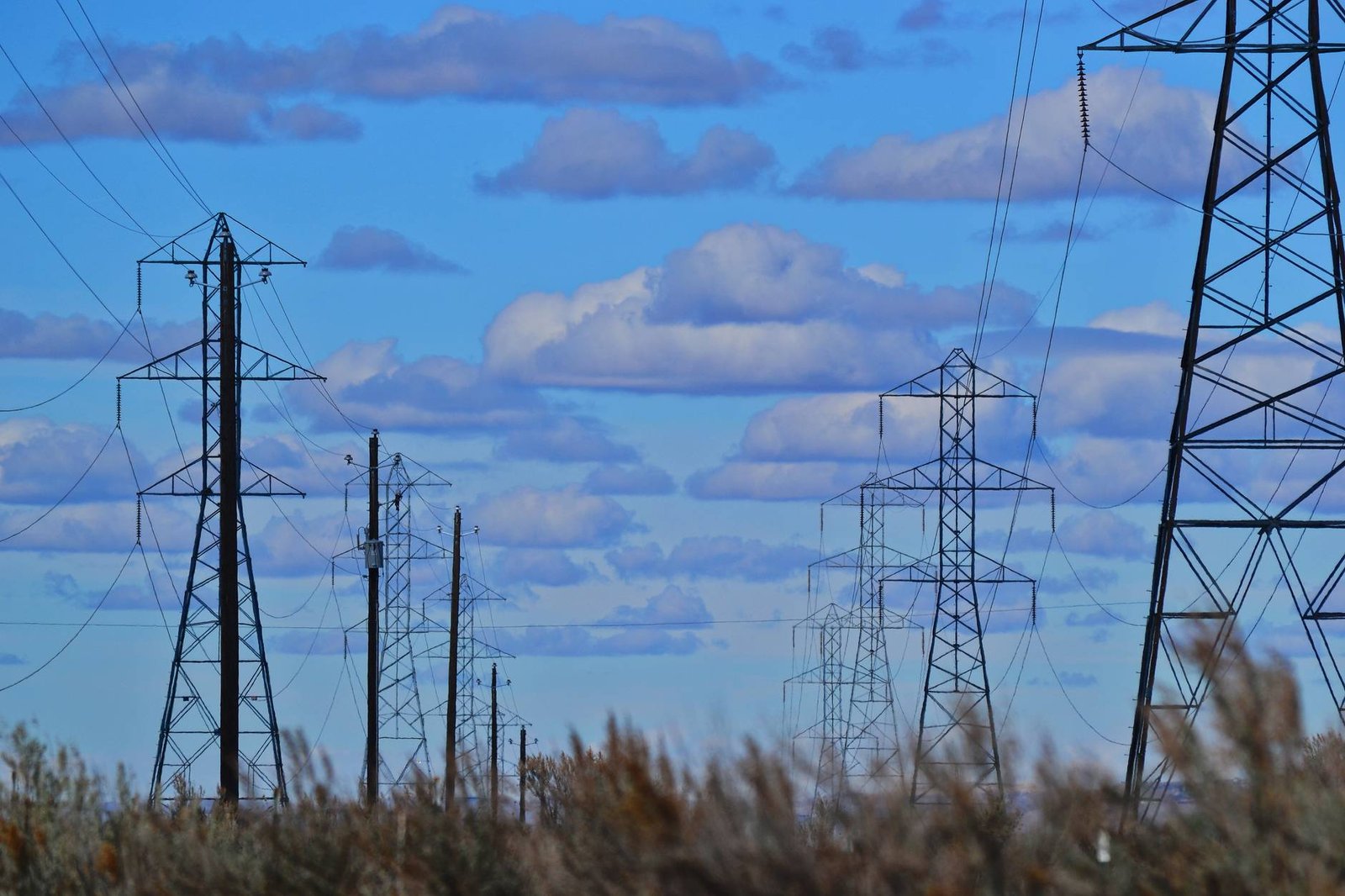JSERC Draft Transmission Tariff 2025: Impacts on Jharkhand Solar Projects
The Jharkhand State Electricity Regulatory Commission (JSERC) released a transformative draft that could reshape solar economics across the state. These transmission tariff regulations address critical infrastructure costs for renewable energy integration.
Why Transmission Costs Matter for Solar Developers
Transmission fees act like toll roads for electricity. JSERC’s new framework establishes pricing for grid access – costs that directly impact project viability. Even minor adjustments can tilt financial models when considering rooftop solar expansion projects already balancing tight margins.
Key Changes in the 2025 Draft
- Distance-based pricing: Projects near Ranchi pay less than remote installations
- Time-varying rates: Nighttime exports could benefit storage-coupled systems
- Zonal differentials: Reflects actual grid infrastructure wear patterns
Potential Challenges for Developers
While promoting fairness theoretically, industry experts highlight uneven loss distribution. Cloud-prone regions might face higher penal rates despite lower usage. This mirrors issues seen in US solar markets where similar policies disadvantaged smaller operators.
Strategic Preparation Guide
3 Steps Before Final Approval
- Geo-analyze projects against proposed zones using GIS mapping
- Model financial scenarios with tariff forecasting tools
- Participate actively in the September 5th public hearing
Broader Renewable Energy Context
Jharkhand targets 4GW solar capacity by 2030. These tariffs represent progress toward grid parity, though challenges like intermittency persist. The state’s approach resembles Germany’s renewable integration which required over a decade to optimize.






